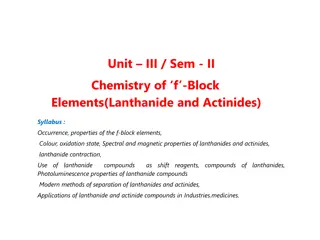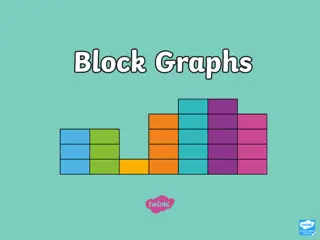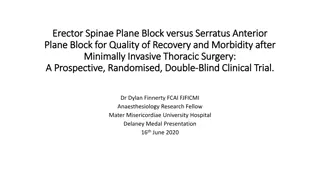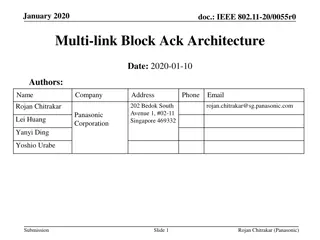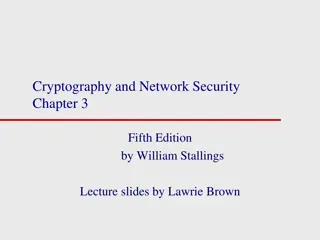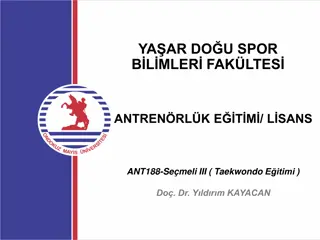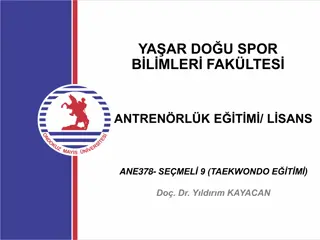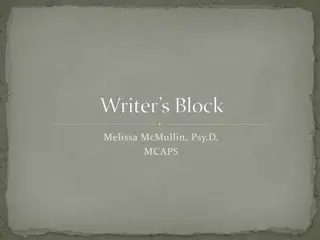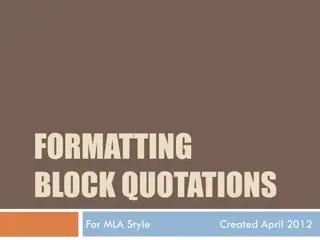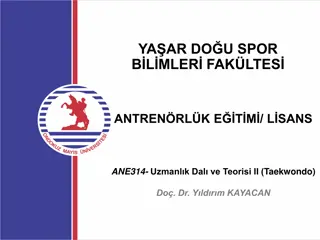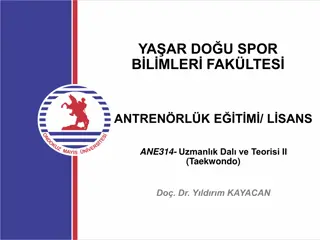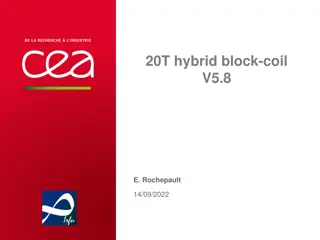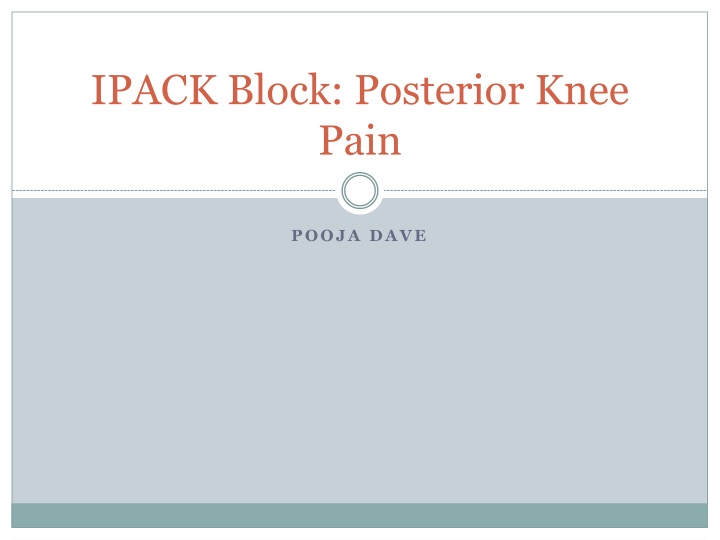
Innovative Pain Management Technique for Posterior Knee Pain
Learn about the IPACK Block technique, an advanced approach for managing posterior knee pain during knee procedures. This ultrasound-guided infiltration method targets specific nerves to provide effective pain relief without motor block, improving patient outcomes and reducing risks of complications. Discover how this technique revolutionizes pain management for posterior knee issues.
Uploaded on | 0 Views
Download Presentation

Please find below an Image/Link to download the presentation.
The content on the website is provided AS IS for your information and personal use only. It may not be sold, licensed, or shared on other websites without obtaining consent from the author. If you encounter any issues during the download, it is possible that the publisher has removed the file from their server.
You are allowed to download the files provided on this website for personal or commercial use, subject to the condition that they are used lawfully. All files are the property of their respective owners.
The content on the website is provided AS IS for your information and personal use only. It may not be sold, licensed, or shared on other websites without obtaining consent from the author.
E N D
Presentation Transcript
IPACK Block: Posterior Knee Pain POOJA DAVE
Knee Procedures Often for knee surgery (TKA, ACL repair, etc) we can provide good analgesia for the anterior portion of the surgery, however, not for the posterior portion Options for anterior: Femoral (significant motor block with sensory as well) Adductor canal (less motor block, gets sensory) However, if you use enough local at adductor you will get some femoral nerve and almost always you will still affect some motor (vastus medialis)
Knee Procedures Posterior knee pain Popliteal block (will block lower extremity motor and sensory) Sciatica (more significant motor block down lower leg along with sensory) Problems with current posterior knee coverage include: Inability to stand up steadily Decreased ability to participate in physical therapy Increased time in bed increases risks of complications including: DVT, PE, muscle atrophy, pneumonia, increased hospital stay But .there s a new technique
IPACK Block IPACK stands for infiltration between the popliteal artery and the posterior capsule of the knee Provides posterior knee pain by blockade of the terminal branches innervating the posterior knee capsule BUT spares the tibial and peroneal nerves Biggest advantage: NO MOTOR BLOCK!
IPACK Block Ultrasound guided infiltration technique 15-20 mL of local anesthetic between artery and posterior capsule/femur Used for any knee procedure EXCEPT if patellar graft being harvested
IPACK Block Can be done with patient supine, lateral, or bending of the knee Look for the popliteal artery and the white dark line of the posterior knee capsule Direct needle under the popliteal artery and towards the posterior capsule Inject 15-20 ml of local anesthetic above the posterior capsule underneath the popliteal artery
Video of IPACK block https://vimeo.com/221434876
IPACK Block Studies are starting to show improved posterior knee pain post knee surgery Ability to get out of bed earlier than without IPACK block Decrease in hospital stay! Hopefully this will translate into fewer postoperative complications as well!
Other Analgesia Pre-operative Gabapentin or other neuropathic pain medications Long acting opioids Acetaminophen PO or IV NSAIDS: ibuprofen, ketorolace, celecoxib( does not inhibit platelet function) Regional peripheral nerve blocks
Other Analgesia Intraoperative Acetaminophen IV Ketorolac IV Fentanyl, morphine, hydromorphone
Other Analgesia Postoperative Continuous nerve block catheter (adductor vs femoral) Continue acetaminophen Continue NSAIDS, if appropriate PO Opioids, if necessary
References https://www.ncbi.nlm.nih.gov/pmc/articles/PMC56 25980/ http://bjaed.org/article/S2058-5349(17)30183- X/fulltext https://vimeo.com/221434876 http://www.orthopaper.com/archives/2017/vol3issu e2/PartC/3-1-69-918.pdf




